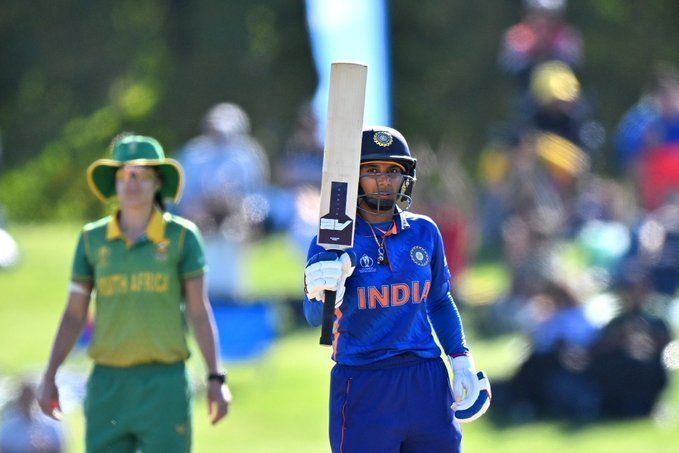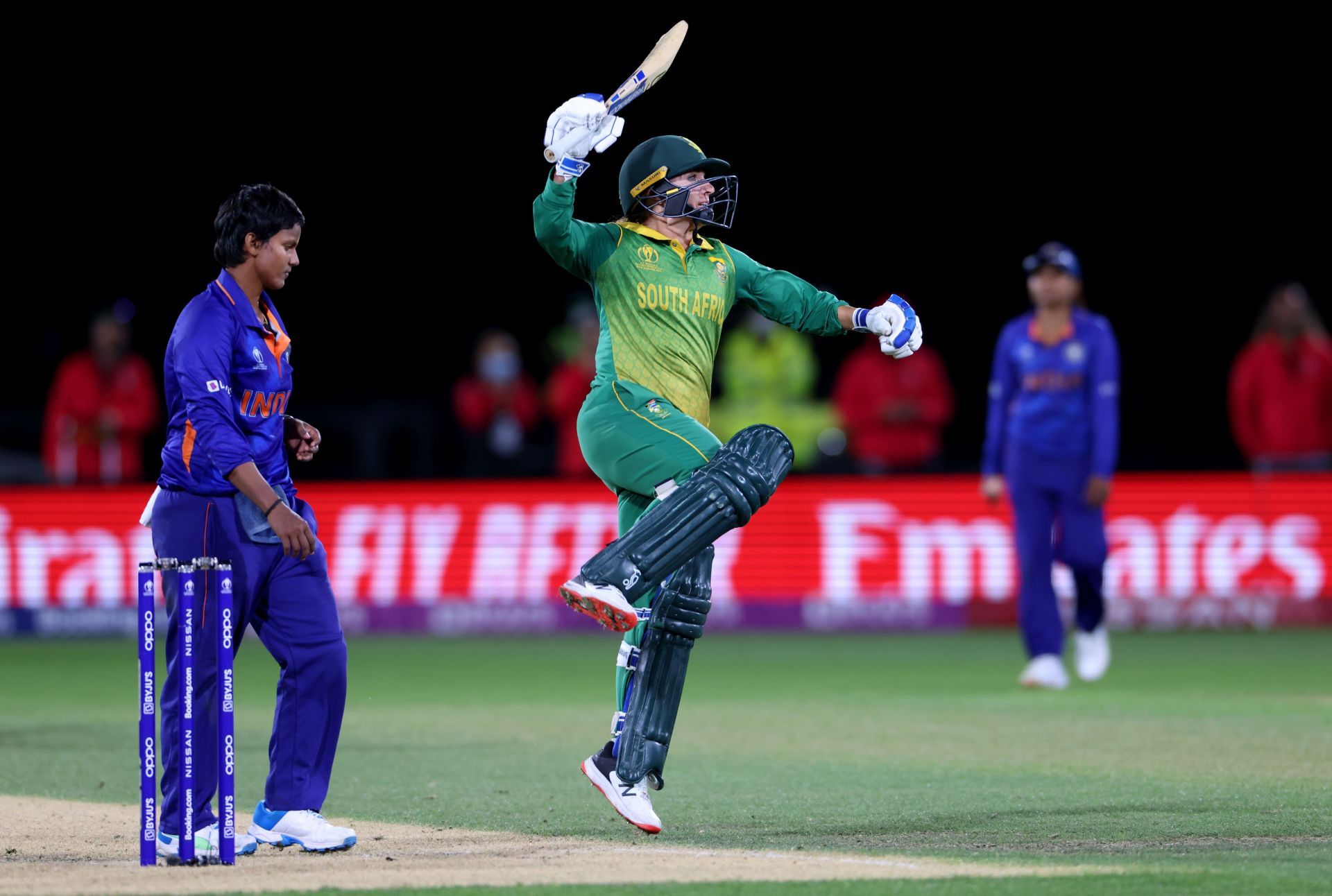
World Cup exit signals period of transition for Indian Women's Cricket Team
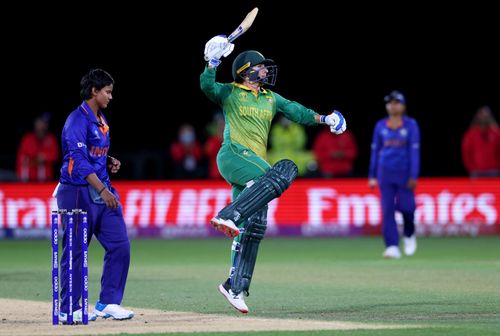
The Indian women's cricket team suffered a heart-breaking last-ball defeat to South Africa in the ICC Women's World Cup. This loss brings with it the retirement of definitely one, but probably two of its stalwarts - Jhulan Goswami and skipper mithali-raj" target="_blank" rel="noopener noreferrer" data-is-sponsored="false">Mithali Raj.
The two will go down as legends of the sport who have overseen a period of major growth for women’s cricket within India.
With both nearing the age of 40, it has been known for a while that a time will come when Indian women's cricket team has to transition. They have to move to not only the next generation but also a new mindset.
Poor form in World Cup preparation
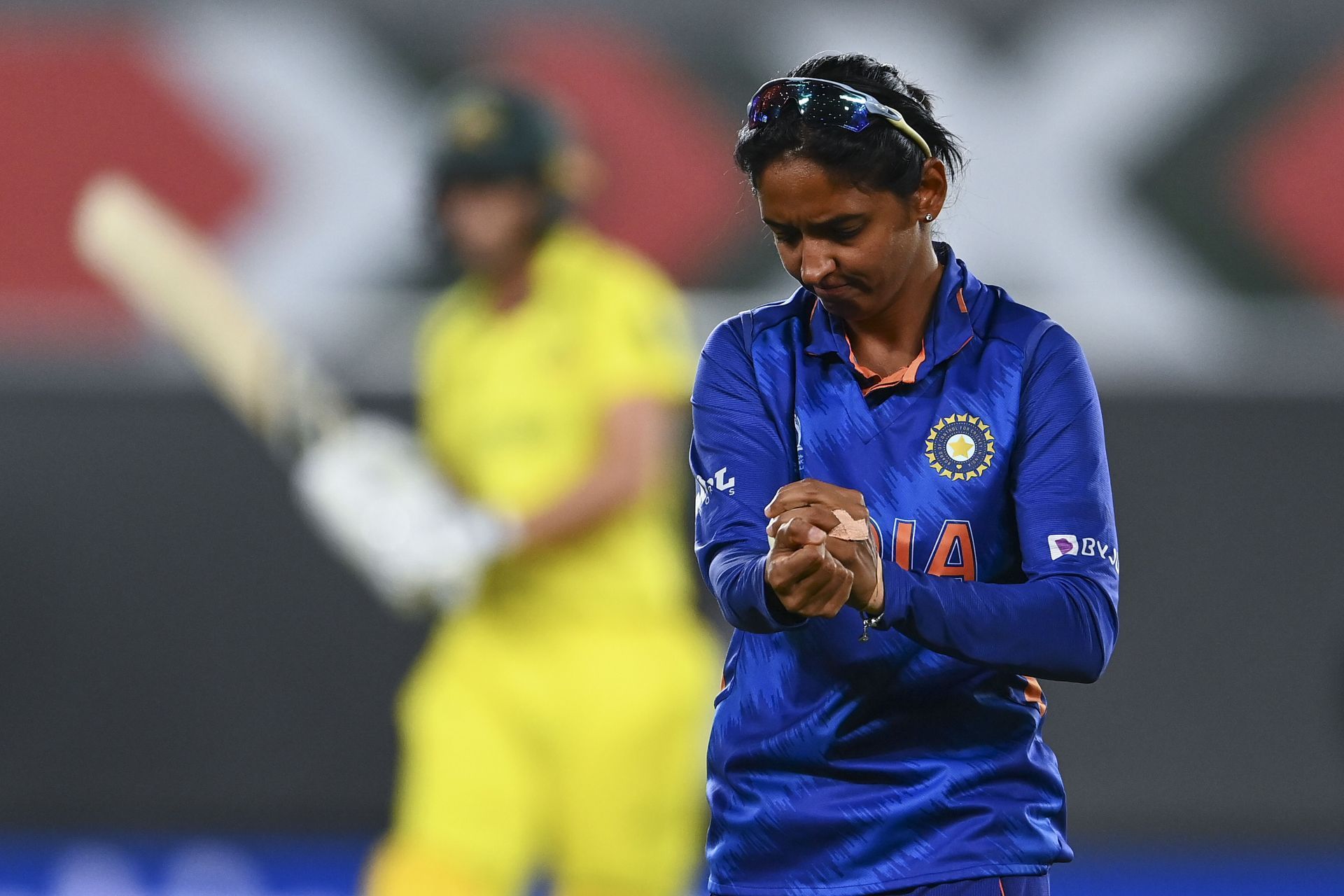
There’s no doubt that the indian women's cricket team has been one of the major forces in the game for a while. But that has been the case without them winning an ICC trophy. They have been finalists in two out of the previous three ICC tournaments, and semi-finalists in the other one.
However, their return from the pandemic-enforced absence has not been as successful. They have failed to win a bilateral series since then, and the elimination from the World Cup is the latest in a period that the team and its supporters will not look back fondly on.
The results, however, do not provide the full picture. Those series have been against the four best teams in the world and India have been competitive and had good moments in all of them. That includes a win against Australia to end their 26-match winning streak, and it remains Australia’s only ODI loss in the last five years.
These encounters have been accompanied by a sense that some of India’s opponents have made rapid progress in the past few years, at a rate faster than them.
As the women’s game has been professionalized around the world, governing bodies have devoted more investment and resources towards it. This has raised the standard at the very top.
There have been a few exciting youngsters who have come into the Indian team setup in recent years. But there is a feeling that Indian cricket has stagnated and become increasingly reliant on individual talent rather than a collective setup that encourages growth.
Familiar failings from team management
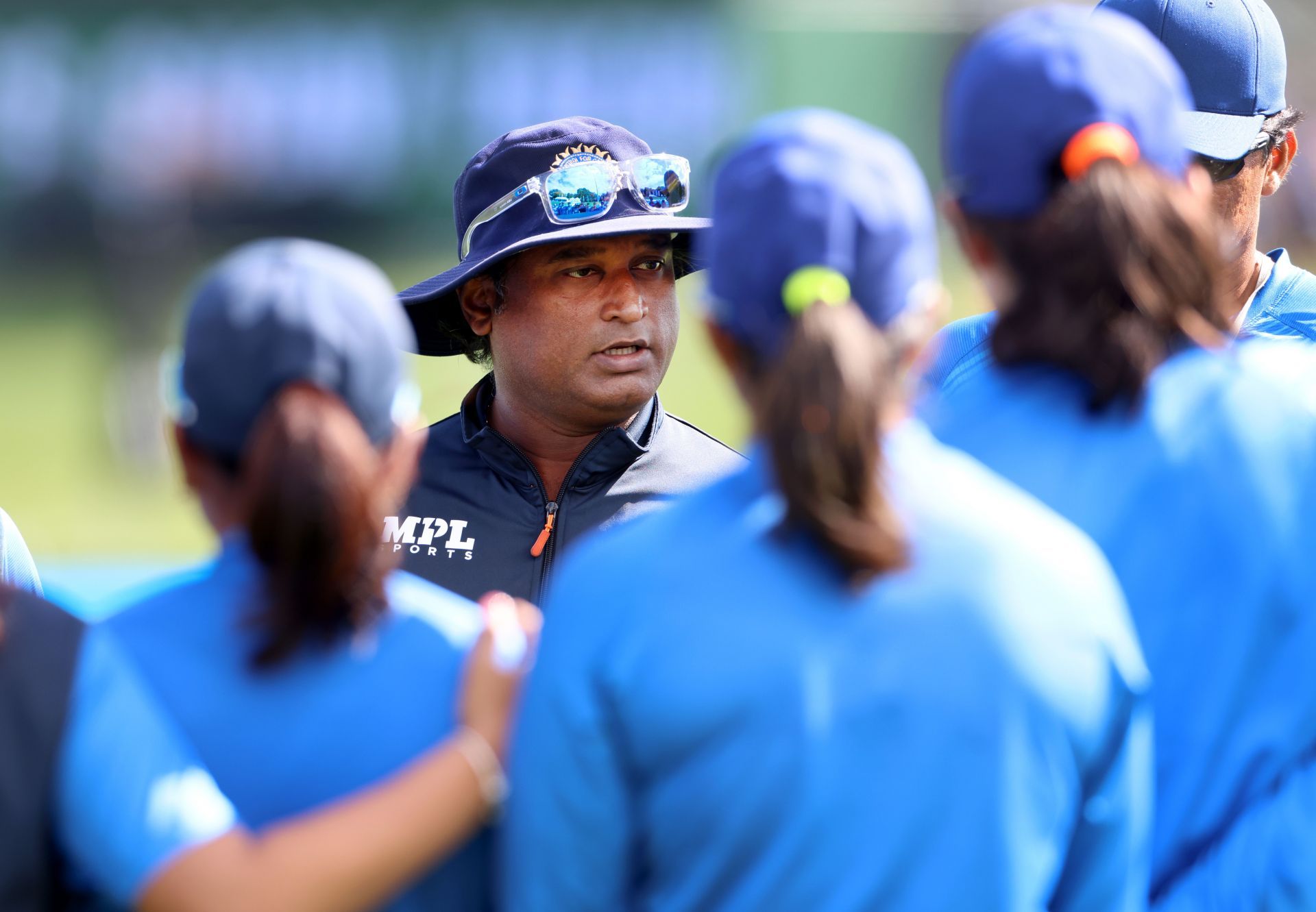
The failings throughout the tournament will have been familiar to long-time supporters of the Indian women's cricket team. Despite the presence of a few superstars, the batting line-up failed to click consistently. They couldn't post scores that would put the chasing team under considerable pressure.
The bowling was impressive on the whole but failed to pick up key wickets in the middle overs to win games for the team.
There were several moments which highlighted the haphazard approach taken by the team management. Dropping Shafali Verma, a mainstay of the team since her debut, after India won the opening match, was certainly one of them.
One only needs to look at the positions Deepti Sharma batted at in the tournament to understand the malaise of uncertainty – No. 3, 4, and 9. She was also left out for two matches.
Given the unsettled nature of the lineup and the losses they had suffered in the preparation, it is perhaps not so surprising that the team exited at the group stage. Perhaps they deserve credit for even taking it down to the final ball and being so near to qualification. Going into the semis would have been considered a success.
It remains to be seen what are the drastic changes, if any, this early exit prompts in and around the Indian team. A change of head coach might be on the cards, and a change in captaincy probably is too. Opting for a fresh leader in mandhana' target='_blank' rel='noopener noreferrer'>mandhana' target='_blank' rel='noopener noreferrer'>mandhana" target="_blank" rel="noopener noreferrer" data-is-sponsored="false">Smriti Mandhana would give the impetus for change that the team needs.
A new era for Indian women's cricket team
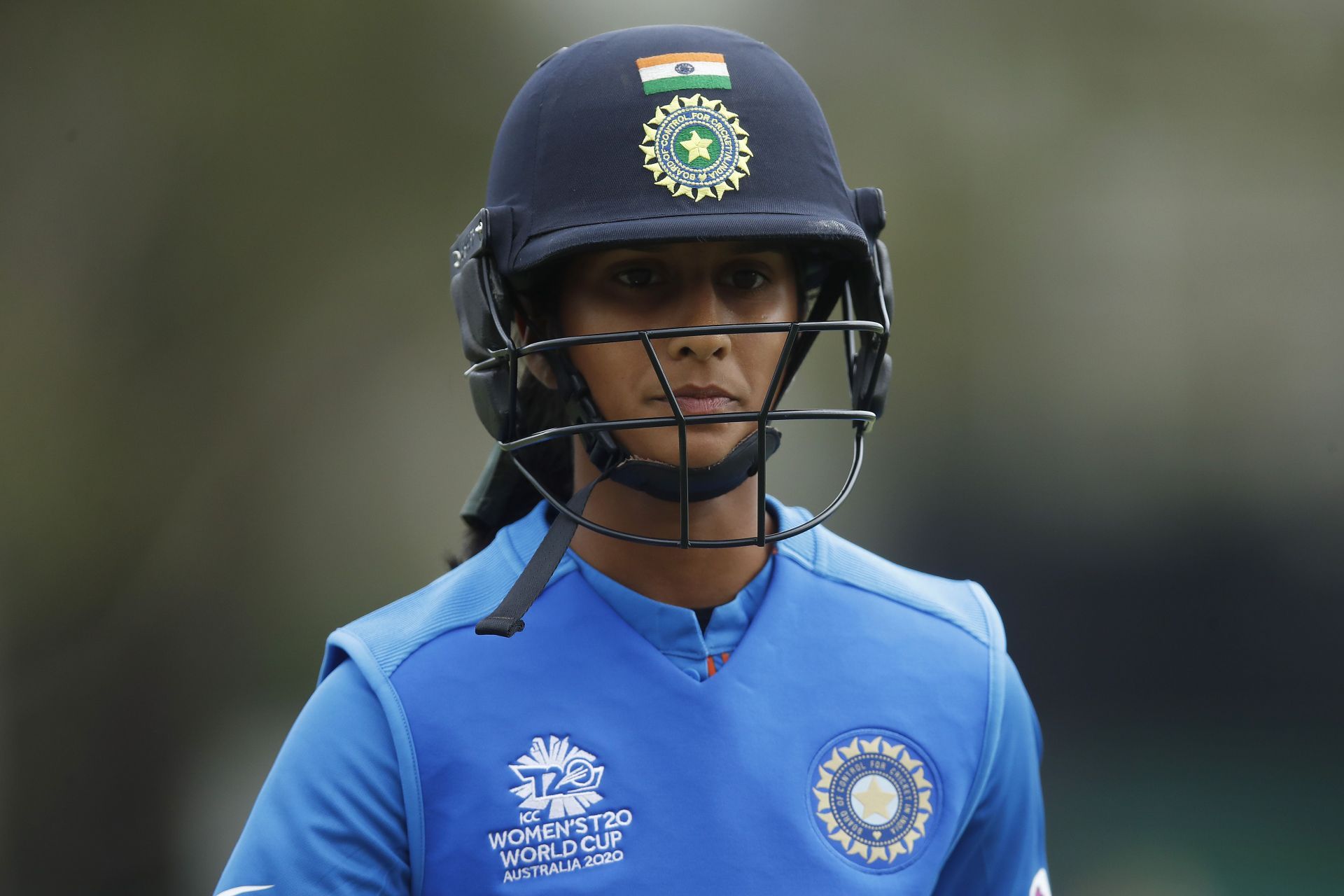
More significant than the change in personnel will be the change in approach the Indian team and their management must undertake. The rapid progress made in women’s cricket means that the sport is becoming a reserve only for elite athletes.
Multiple records, especially with respect to run-scoring, were broken and broken again through the course of this tournament.
Tthe Australian team sets the standard, chasing down high scores against good bowling attacks with ease. While batting first, they showed they have the ability to score 300+ time and again with relative ease. Other nations, especially the Indian women's cricket team, will have to take huge strides just to keep in touch with them.
The Indian women's cricket team showed that they have the capability to score 300+ in a virtuoso batting display by Smriti Mandhana and Harmanpreet Kaur against the West Indies. But that must become the norm and not remain the exception. In that match, they crossed the 300 mark for only the third time in their history.
There has been a lot of debate around the strike rates of the Indian batters. But on most occasions, they are simply playing according to the situation, knowing that giving their wicket away will only plunge them into deeper trouble.
To move to a more aggressive brand of cricket will require many changes. First and foremost, the batters must be given the confidence to express themselves fully. They should also be allowed to continue to do so throughout the innings, no matter which format.
With Mithali Raj’s impending retirement, two extremely talented - Jemimah Rodrigues and S Meghana - will be looking to return to the Indian women's cricket team.
Most importantly, the BCCI has to ensure that all is well behind the scenes, and provide the most professional setup possible for the team to succeed. This includes having a backroom team that are on the same wavelength as the playing squad, and share a harmonious relation with them.
It will have the knock-on effect of better decision-making in getting squad selection right, giving deserving players opportunities and trying out new strategies. But at the same time, having stability going into major series and tournaments is also necessary.
Experimentation, either one match before the most important tournament, or one match into it, does the players no favours. It signals a lack of belief in your plans.
The BCCI must play its part as well in ensuring that the domestic structure gives players the best opportunity to showcase their talent, and widen the talent pool. Unfortunately, fans of the Indian women’s cricket team are rather used to apathy from the board.
A further lack of interest could prove costly and harm India’s competitiveness for the foreseeable future. This World Cup exit brings with it a chance for a period of transition that the Indian cricket team must embrace and not shirk away from.
The team’s exit from the World Cup coincides with the first formal proposal made by the BCCI for a six-team women’s Indian Premier League to begin from 2023. Let’s hope it also marks the beginning of a new and, hopefully, glorious era for the Indian women’s cricket team.
